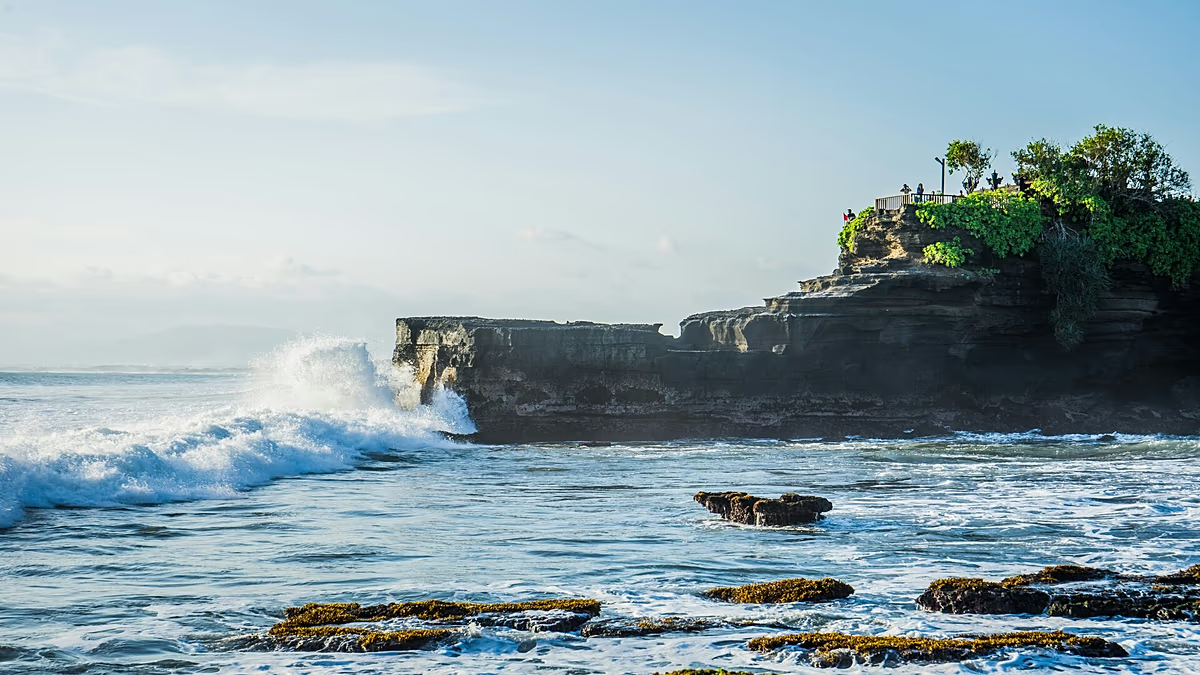Bali Draws a Line in the Sand: The Fight for Public Beach Access
In the paradise island of Bali, a significant cultural and legal battle is unfolding along its picturesque shorelines. The provincial government under Governor I Wayan Koster has introduced a landmark regulation to Parliament on November 17, 2025, aimed at ensuring all beaches remain accessible to the public. This move comes in response to growing tensions between local communities, who have used these beaches for centuries for religious ceremonies, and commercial enterprises that have increasingly restricted access to coastal areas. The regulation seeks to clarify and enforce existing national laws that already prohibit beach privatization but have suffered from inconsistent implementation as Bali’s tourism industry has boomed.
At the heart of this dispute lies a profound cultural disconnect. For the Balinese people, beaches aren’t merely recreational spaces but sacred grounds essential for Hindu rituals like Segara Kerthi and Pakelem ceremonies. These traditions involve community gatherings, prayers, performances, and offerings to the sea gods that have defined Balinese spiritual life for generations. Yet as luxury resorts, private villas, and exclusive beach clubs have proliferated along the coastline, many have begun treating public beaches as extensions of their properties. Governor Koster has publicly criticized establishments that act “as if they own the beach and the sea” when their property rights legally extend only to the land behind the shoreline. This privatization trend has not only hindered religious practices but has created friction between locals and the tourism industry that forms the backbone of the island’s economy.
Recent incidents have brought these tensions to a boiling point and galvanized public support for regulation. The Jakarta Post has documented several confrontations that went viral on social media, exposing the growing problem. In 2023, visitors were ejected from Geger Beach in Nusa Dua because their presence supposedly interfered with hotel guests’ views. Perhaps more troubling was an incident in Sanur where a Balinese mother and her child were prevented from accessing the beach behind a resort – a particularly poignant symbol of how development is separating indigenous people from their ancestral shores. In Buleleng, tourists renting beachfront villas reportedly stopped locals from swimming in waters their families have used for generations. These incidents have transformed what might have remained an abstract legal issue into a deeply emotional one for many Balinese residents, who see their cultural heritage and communal rights being eroded by commercial interests.
The proposed beach access regulation represents just one facet of Bali’s broader struggle to balance tourism growth with cultural preservation and environmental sustainability. Officials have already implemented several measures aimed at managing the impact of mass tourism, including a mandatory 150,000-rupiah (approximately €9) tourist tax collected upon arrival. The government has also introduced behavioral guidelines for visitors, particularly around sacred sites, mandating appropriate clothing and prohibiting disrespectful photography or conduct. These rules come with promised enforcement, as authorities have warned that non-compliance may trigger legal consequences. The island has also paused approvals for new hotel developments in areas already saturated with tourist accommodations, acknowledging that uncontrolled growth threatens the very qualities that make Bali attractive to visitors in the first place.
More ambitious measures may be on the horizon as Bali grapples with tourism’s double-edged sword. Earlier in 2025, officials proposed a daily tourist tax inspired by Bhutan’s Sustainable Development Fee model. Such a system would not only generate revenue for preservation efforts but potentially reduce visitor numbers while attracting tourists willing to pay a premium for a more authentic, less crowded experience. This approach reflects a growing recognition among Balinese leaders that the island’s future depends not on maximizing tourist arrivals but on creating sustainable tourism models that respect local culture and preserve natural resources. Governor Koster has urged lawmakers to fast-track the beach access regulation, hoping to see it enacted before the end of 2025, signaling the urgency with which officials view these challenges.
As Bali stands at this crossroads, the beach access regulation symbolizes a larger question facing destinations worldwide: how to harness tourism’s economic benefits while preserving the cultural authenticity and natural beauty that attracts visitors in the first place. For the Balinese, beaches aren’t just economic assets but living connections to their heritage and spiritual practices. The outcome of this regulatory effort will reveal much about whether Bali can forge a sustainable path that honors both its traditional identity and its role as a global tourist destination. If successful, the island might provide a template for other communities struggling to protect public spaces and cultural practices from commercialization pressures. As visitor numbers continue climbing and development pressures mount, the authorities hope these measures will help Bali maintain its unique character while accommodating the world’s enduring fascination with this island of the gods.


